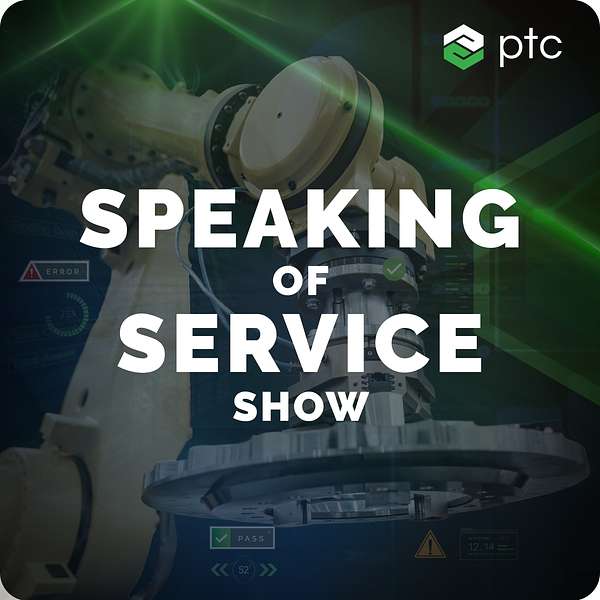
Speaking of Service
Speaking of Service uncovers practical ways to grow service revenue, control costs, and improve customer satisfaction. If you’re looking to innovate, gain a competitive edge, or just learn about the latest service trends, you’ve come to the right place! Also check: www.ptc.com/speakingofservice
Speaking of Service
Get It Right The First Time – Using Data To Make Service Calls Maximally Effective
Learn How Bell and Howell Transforms the Business of Service
Bell & Howell uses data to support remote service calls and trouble shoot before sending technicians out to customers. This practice dramatically boosts the effectiveness and efficiency of service calls, as measured by FTFR. In this episode, Chris MacDonald speaks with Haroon Abbu, Vice President, Digital, Data, and Analytics about how Bell & Howell use data to support remote service calls and trouble shoot before sending technicians out to customers.
Learn more and check out other episodes here: http://ptc.co/A0ZC50PzzlM